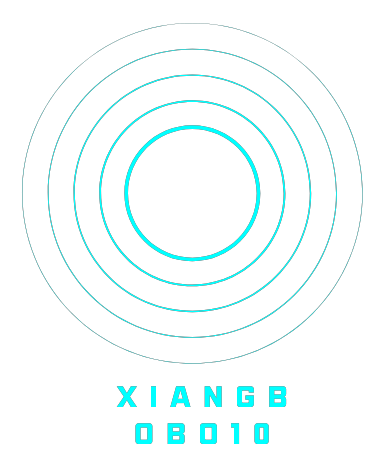Within the dynamic and thrilling world of casinos, where luck and strategy intertwine, hues and aesthetic play a pivotal role in attracting players. From the moment visitors step inside a casino or access a gaming platform, they are enveloped in a visual feast that captures their attention and entices them to explore further. Vivid colors, captivating graphics, and innovative layouts are meticulously crafted to create an environment of thrill and expectation, ultimately enhancing the gaming encounter.
While players move through the ever-changing landscape of casino games, they encounter a range of designs that not only serve visual purposes but also affect emotions and decision-making. Hues like red and gold symbolize wealth and fortune, while soothing navy and greens can create a much relaxed environment. Grasping how these elements function together enables casinos to create an inviting and stimulating atmosphere that encourages players to interact with the games, invest additional time at the tables, and increase their overall enjoyment.
The Psychology of Tint in Gambling Games
Hue plays a key role in the design of casino games, influencing players’ feelings and actions. Bright and striking shades, such as red and yellow, are often used to incite enthusiasm and capture attention. These colors create a feeling immediacy and dynamism, encouraging participants to participate more readily with the activity. By thoughtfully selecting colors, developers aim to inspire feelings of satisfaction and anticipation, which can enhance the complete player experience.
Distinct hues also have psychological meanings that can affect how participants perceive their odds of victory. For example, emerald is frequently associated with luck and abundance, making it a well-liked choice in games like the roulette wheel and poker tables. This association can lead players to feel more hopeful and self-assured in their gaming, ultimately motivating them to stake more. Comprehending these associations allows game creators to design environments that enhance player happiness and loyalty.
In addition, the layout of casino game interfaces often employs color gradients and opposing hues to instruct players’ actions. For instance, winning combinations may be highlighted with vivid, differing colors, creating a visual incentive. This method strengthens positive outcomes and supports repeated engagement. By utilizing color psychology, gaming venues can design activities that not only draw gamblers but also keep them engaged and committed in their play experience.
Design Features that Engage Gamers
The aesthetic appeal of casino games is primarily influenced by the implementation of bold colors. Lively and contrasting colors are deliberately chosen to create an inviting atmosphere that captures attention. For instance, crimson and golden hues often signify luck and wealth, which is why they are common in the color schemes of gaming machines and table surfaces. These colors not only draw players in, but they also evoke emotions associated with thrill and expectation, enhancing the total gaming experience.
In addition to color, the design and organization of gambling games play a crucial role in player attraction. Games are designed to be user-friendly, ensuring that players can quickly understand the rules and mechanics. User-friendly interfaces, along with captivating graphics and animations, help maintain player interest and promote longer play sessions. The physical elements, such as the feel of the buttons and the sounds of the games, also contribute to a holistic sensory experience that keeps players engaged.
In conclusion, thematic elements in game design can significantly influence gaming decisions. Many casino games are inspired by popular culture, fairy tales, or exploration motifs, featuring symbols and characters that resonate with players. These themes create a sense of engagement and relatability, making each game feel unique. When players feel a bond to the concept, they are more likely to opt for that game over others, leading to higher participation and excitement within the casino environment.
Case Studies: Effective Casino Table Game Designs
One prime example of successful casino game design is the acclaimed slot machine series themed around blockbuster movies. Games such as those based on the Wizard of Oz and Game of Thrones utilize vibrant colors and high-quality graphics to engage players in recognizable narratives. The application of moving visuals and entertaining sound effects grabs the interest of players, creating an psychological connection to the theme. This approach not just fosters longer play but also enhances the overall gaming experience, leading to increased player retention.
Another notable case is the application of color psychology in table games like 21 and the wheel. Casinos often create these games with rich reds and greens, colors traditionally associated with luck and wealth. For instance, the green felt on a blackjack table provides a calming effect, while the crimson accents in the wheel invite excitement. Link F168 This intentional use of color helps to create an inviting atmosphere that encourages players to join in, fulfilling their psychological impulses and increasing their enjoyment. Tải App F168
Finally, social casino games that incorporate community features and lively, colorful designs have achieved remarkable success in engaging players. Games like Zynga’s Poker and Slot-O-Mania leverage vivid colors and playful animations to establish an inviting online environment. The addition of leaderboards, social sharing options, and in-game rewards encourages competition and community, attracting players in for longer sessions. Such designs not only make the games visually appealing but also emphasize community engagement, a crucial factor in player retention and engagement within digital casino environments.

